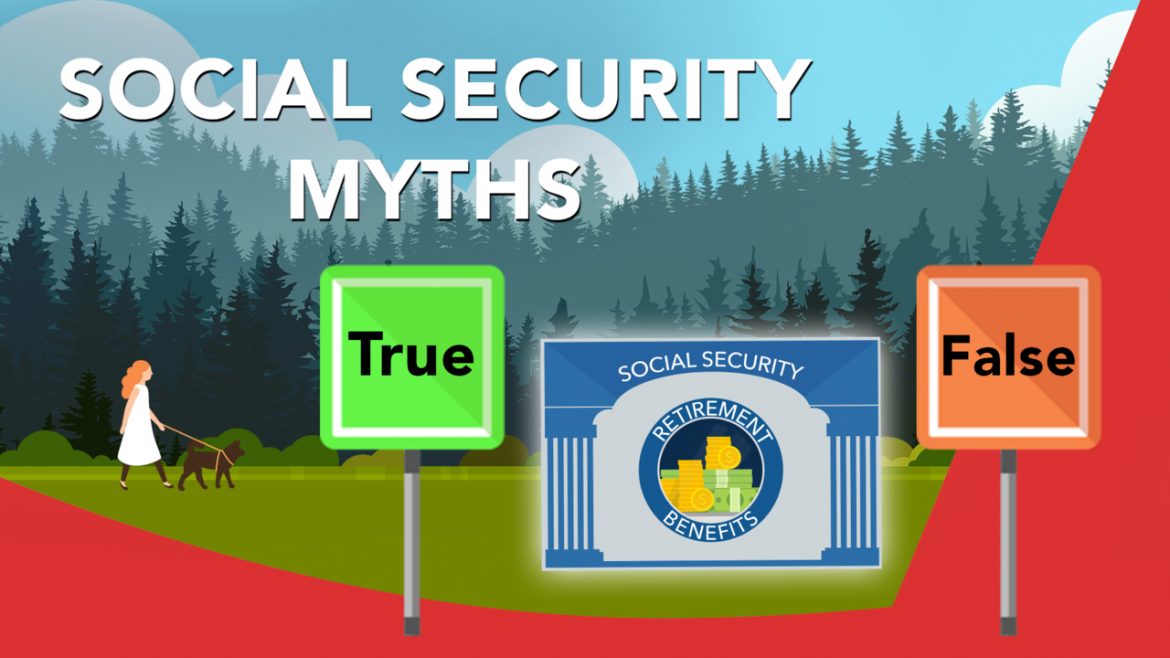Things Everyone Gets Wrong About Social Security’s Shortfall
You might hear that “Federal retirement aide is losing everything” or that Social Security will not be around for you. Neither one of the assertions is valid. The following are five normal legends about Social Security’s future.
1. Myth: Social Security Will Run Out of Money in 2034
Reality: Social Security currently pays more in benefits than it rounds up through finance charges. However, laborers are as yet paying into the framework. However long they keep on paying in, Social Security will not become penniless.
For a really long time, Social Security took in more than it paid out in benefits. That is the manner by which it amassed $2.9 trillion available for later. The most recent projections gauge that those stores will just go on until 2034. By then, Social Security will in any case get cash from finance charges. Yet, finance burdens alone would support only 78% of Social Security’s commitments.
2. Myth: You’ll Only Get 78% off Your Projected Benefits
The reality of the situation: It’s actual that Social Security will just have to the point of paying 78% of extended benefits by 2034. In any case, that is assuming Congress sits idle. That appears to be exceptionally impossible. Government-backed retirement is broadly well known with electors across the political range.
Administrators could raise the full retirement age, as they did in 1983. They could likewise expand the finance charge rate or raise the roof on finance charges. In 2021, laborers pay Social Security burdens just on the first $142,800 of profit. Congress could likewise acquire more cash to compensate for the looming shortage.
3. Myth: If You’re in Your 20s or 30s, You Shouldn’t Expect Benefits
Reality: Again, regardless of whether Congress makes no move, Social Security might in any case pay for 78% of the advantages it’s guaranteed come 2034. Indeed, even the most youthful laborers can hope to get benefits sometime in the future. By 2095, finance charges would in any case cover around 74% of booked installments.
4. Myth: The Government Drains Social Security to Pay for Other Programs.
Reality: Social Security has two trust reserves: One pays retirement and survivor benefits. Different pay incapacity benefits. Both are financed through finance charges. Nor is utilized for the general asset, which funds the central government’s activities.
However, there’s a touch of truth to this fantasy: Social Security puts its cash in U.S. Depository protections. These are bonds given by the national government. Bonds are obligation instruments. The financial backer (Social Security for this situation) is the loan boss, and the guarantor (the central government) is the borrower. The national government then takes care of that cash to Social Security, in addition to the premium.
Depository protections are among the most secure interests on the planet. They’re upheld by the full confidence and credit of the U.S. government, which has never defaulted on its obligation.
5. Myth: Covid-19 Will Have a Dire Impact on Future Benefits
Reality: The legal administrator’s report appraises really weren’t quite as somber as numerous forecasters dreaded. Yet, it’s too soon to decide COVID-19’s drawn-out impacts on Social Security.
Countless lives have been lost to the pandemic. That misfortune brings down Social Security’s transient expenses on the grounds that fewer individuals will get benefits. Forecasters gauge that mortality will stay higher until 2023.
The decrease in costs has been eclipsed by the drop in finance charges brought about by enormous joblessness in 2020. Movement and rates of birth both fell steeply during the pandemic. The two declines are supposed to diminish Social Security income after some time.
What’s the significance here for You?
Try not to overreact over the most recent legal administrator’s report. You can in any case anticipate that Social Security should be around in 2034 and then some.
One reality to plan for as you plan for retirement: Your Social Security checks won’t extend close to the extent that they accomplished for your grandparents. Government-managed retirement costs for most everyday items changes, or COLAs, fall behind the genuine expense increments seniors face. Benefits have lost 30% of their buying power starting around 2000, as indicated by The Senior Citizens League.
Government-managed retirement replaces around 40% of income for a typical specialist who resigns at age 65. Benefits are supposed to supplant a contracting level of pay for more youthful ages.
Beginning putting something aside for retirement straightaway is fundamental. On the off chance that your manager offers a 401(k), contribute to some extent enough to get your organization a match. Additionally consider saving in a singular retirement account (IRA).
You can in any case depend on getting Social Security some time in the future. Yet, your month-to-month checks ought to just be one part of your retirement plan.


